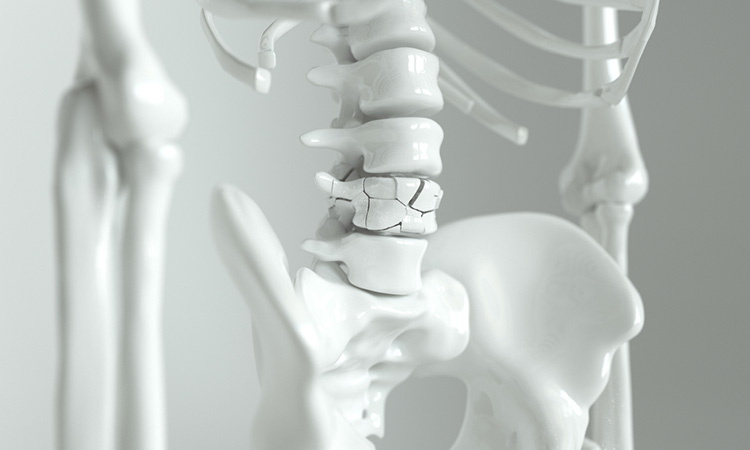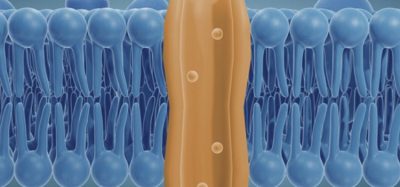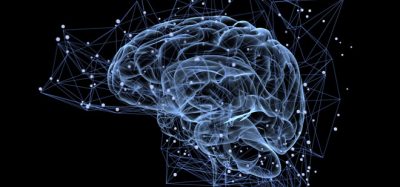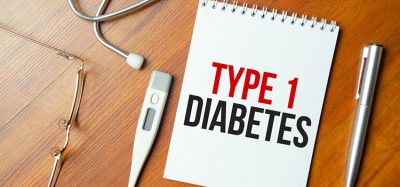Study shows possible way to regenerate bones using messenger RNA
Posted: 22 February 2022 | Ria Kakkad (Drug Target Review) | No comments yet
Researchers at Mayo Clinic, US found that messenger RNA could be used at low doses to regenerate bones without side effects.


Researchers at Mayo Clinic, US along with colleagues in the Netherlands and Germany, may have found a less risky alternative to regenerate bone using messenger RNA (mRNA). Previous methods to regenerate the bone included human bone morphogenetic protein-2 (BMP-2). However, this is expensive and only somewhat effective and it can also produce serious side effects.
The researchers used rats, as outlined in Science Advances, to show that mRNA can be used at low doses to regenerate bone without side effects. Additionally, the quality of the new bone was found to be superior to bone formed by BMP-2. The researchers also said that messenger RNA is a better choice for bone regeneration because it may not need repeat doses. Findings also showed the new tissue growth that occurred after applying mRNA was biomechanically superior to the alternative method and remained so throughout eight weeks of monitoring.
Human bone develops in one of two ways: direct formation of bone cells from mesenchymal progenitor cells or through endochondral ossification, in which cartilage forms first and then coverts to bone. The BMP-2 therapy uses the former method and the mRNA approach uses the latter. In general, the researchers say their work proves that this method “can heal large, critical-sized, segmental osseous defects of long bones in a superior fashion to its recombinant protein counterpart.”
Biomarkers are redefining how precision therapies are discovered, validated and delivered.
This exclusive expert-led report reveals how leading teams are using biomarker science to drive faster insights, cleaner data and more targeted treatments – from discovery to diagnostics.
Inside the report:
- How leading organisations are reshaping strategy with biomarker-led approaches
- Better tools for real-time decision-making – turning complex data into faster insights
- Global standardisation and assay sensitivity – what it takes to scale across networks
Discover how biomarker science is addressing the biggest hurdles in drug discovery, translational research and precision medicine – access your free copy today
The researchers say these findings in rats are limited and studies are needed in large animals before any translation can be considered for clinical trials.
Related topics
Drug Discovery, Drug Repurposing, Regenerative Medicine, RNAs
Related conditions
bone fractures
Related organisations
Mayo Clinic








